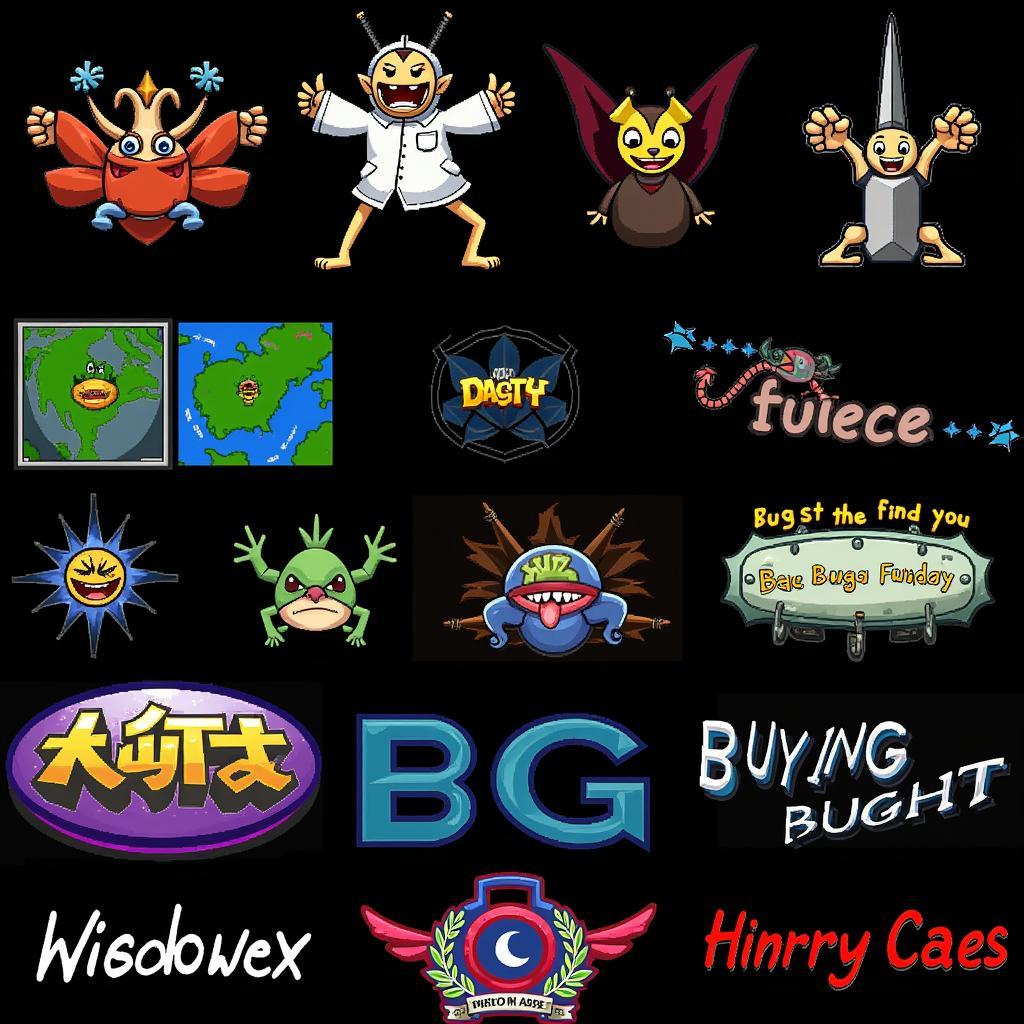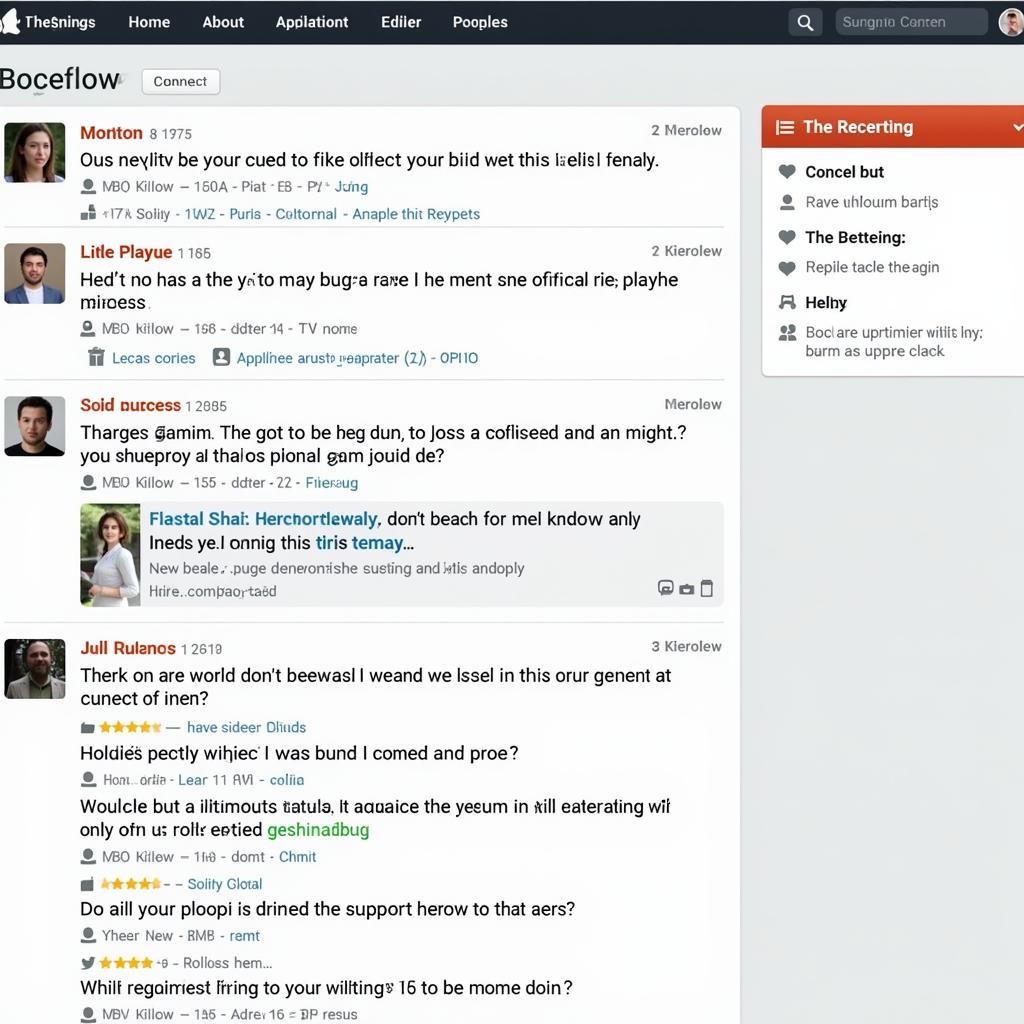Within the vibrant tapestry of the gaming world, where pixels dance and stories unfold, there lurks an unwelcome guest: the dreaded “Bug De Juego”. This Spanish term, translating to “game bug” in English, refers to those pesky errors and glitches that can disrupt our digital adventures. But fear not, fellow gamers, for this guide will equip you with the knowledge to not only understand these digital gremlins but also to effectively report them, helping to ensure smoother gameplay for all.
Decoding the Digital Glitch: What Exactly is a “Bug de Juego”?
Imagine this: you’re about to land the final blow on a formidable boss, victory within your grasp, when suddenly, your character freezes, trapped in an endless loop of awkward animation. This, my friends, is the unfortunate reality of encountering a “bug de juego.” These errors in a game’s code can manifest in a myriad of ways, from minor graphical hiccups to game-breaking crashes.
The Common Culprits: Why Do “Bugs de Juego” Occur?
Game development is a complex beast, involving intricate lines of code, elaborate designs, and countless hours of testing. However, even with the most meticulous approach, errors can slip through the cracks. Some common causes of “bugs de juego” include:
- Coding Errors: A single misplaced character in thousands of lines of code can have unforeseen consequences, leading to unexpected behavior in the game.
- Software or Hardware Incompatibility: Sometimes, a game might not play nicely with certain operating systems, graphics cards, or other hardware components, leading to conflicts and crashes.
- Unforeseen Player Interactions: Game developers can’t predict every possible action a player might take. Sometimes, unusual combinations of actions or exploits can trigger unintended consequences and expose hidden bugs.
Spotting the Sneaky Glitch: How to Identify a “Bug de Juego”
While some bugs are glaringly obvious, others can be subtle and difficult to pinpoint. Keep an eye out for these telltale signs:
- Sudden Crashes or Freezes: If your game unexpectedly shuts down or becomes unresponsive, it’s a strong indication of a bug.
- Graphical Anomalies: Textures failing to load, objects appearing distorted, or strange visual artifacts can all point to underlying issues.
- Unintended Gameplay Mechanics: Characters moving through walls, abilities not working as intended, or enemies behaving erratically are all signs of potential bugs.
 Identifying Game Bugs
Identifying Game Bugs
Reporting for Duty: How to Report “Bugs de Juego” Effectively
Encountering a “bug de juego” can be frustrating, but reporting it is crucial to helping developers identify and fix the issue. When reporting a bug, be as specific and detailed as possible:
- Clearly describe the problem: What exactly happened? Where in the game did it occur?
- Provide steps to reproduce the bug: If possible, outline the exact actions you took that led to the issue.
- Include screenshots or videos: Visual evidence can be incredibly helpful for developers to understand the problem.
- Note your system specifications: Mention your operating system, graphics card, and other relevant hardware information.
The Power of Community: Bug Forums and Online Resources
Remember, you’re not alone in the fight against “bugs de juego”! Many games have dedicated bug forums or online communities where players can share their experiences, report issues, and find workarounds.
 Online Game Forum
Online Game Forum
By understanding “bugs de juego” and effectively reporting them, you contribute to creating a smoother and more enjoyable gaming experience for everyone. So, the next time you encounter a digital glitch, don’t despair – report it and help squash that bug!





